Upper School Newsletter
Dear Upper School Families,
I recently met with a middle school student to discuss a conflict that occurred at school. Part of the conversation dealt with a common challenge weaving its way through many conflicts these days: social media and the digital spread of misinformation. Honestly, these prickly and hard-to-tackle incidents can get tiresome. Sometimes I crave a world with less technology. Can anyone relate?
However, these situations make me grateful for restorative practices and the opportunities it provides to learn essential skills for conflict resolution and personal accountability. In my conversation with the student, it was evident that the originating circumstance was an impulsive and happenstance situation where middle school students said and did things that were not clearly articulated or thought out. As parents, how often are you sorting out situations where impulsive and careless words or actions did not go so well? Interestingly, as the conversation progressed, it became crystal clear that with some distance from the event and a few intentional and process-oriented questions, the student understood that the words spoken and actions taken during the incident had lasting impacts that damaged the community. Through the structured steps of restorative practices, the student was able to identify actions that caused damage and take full responsibility for those decisions. Simultaneously, the student listed all of the individuals impacted by their decisions and began to construct a plan to make things right with members of our community that were negatively impacted by their actions.
What so impressed me about this conversation was the rational, calm, non-threatening, and productive nature of our interaction. The student demonstrated honesty by taking full responsibility for their actions and never felt the need to hide or avoid their own mistakes. This vulnerability led to an earnest desire to make things right and repair the damage to the community.
Don’t you wish you could have these types of interactions with some of your adult colleagues and friends?
Of course, no system is perfect and restorative practices don’t offer a 100% success rate! However, using a model that encourages critical thinking, honest accountability, recovery from mistakes, and active conflict resolution could not align more perfectly with the values and mission of CBA.
Therefore, in a world where technology and social media can fan the flame of typical and impulsive adolescent mistakes, I am grateful for the fire-dampening tool of restorative practices.
With 1VOICE,
MR. R

